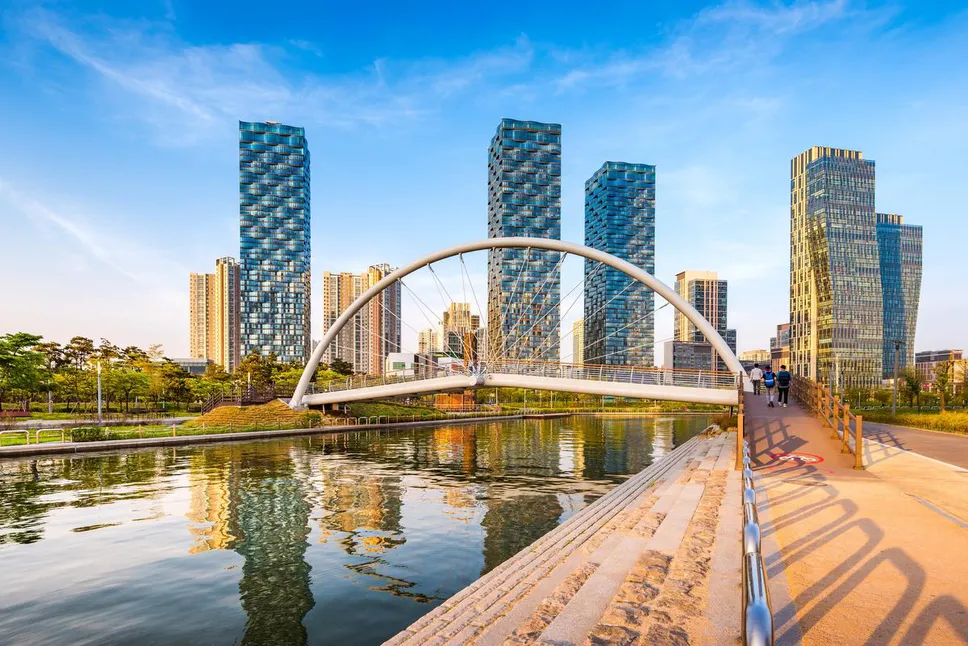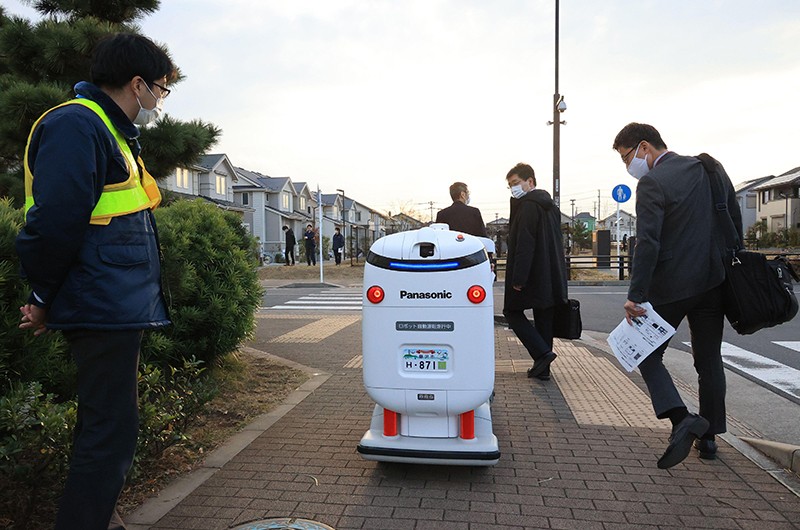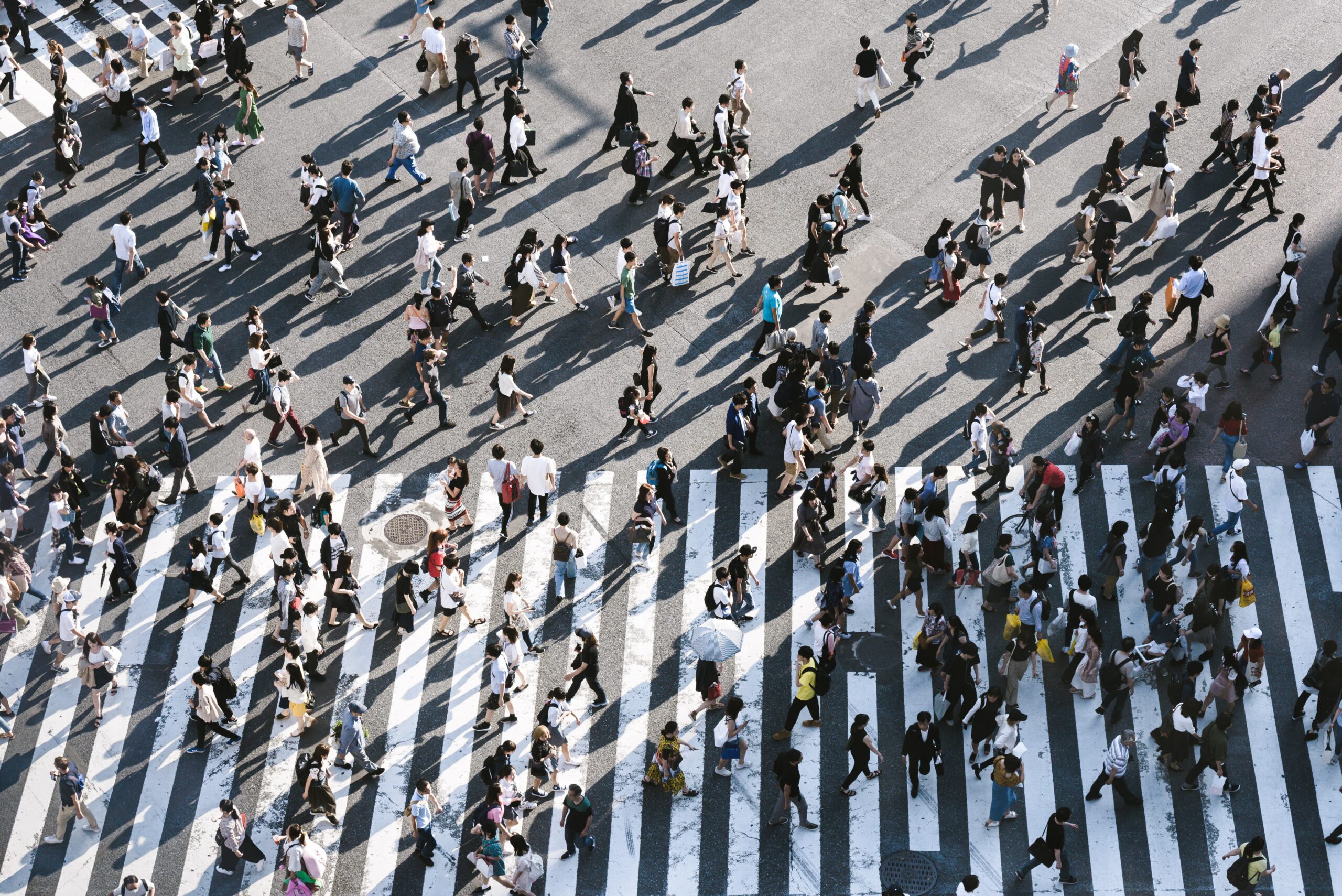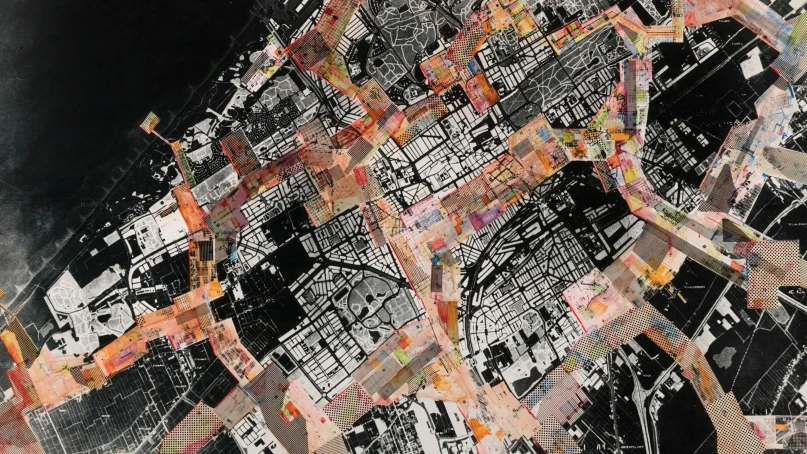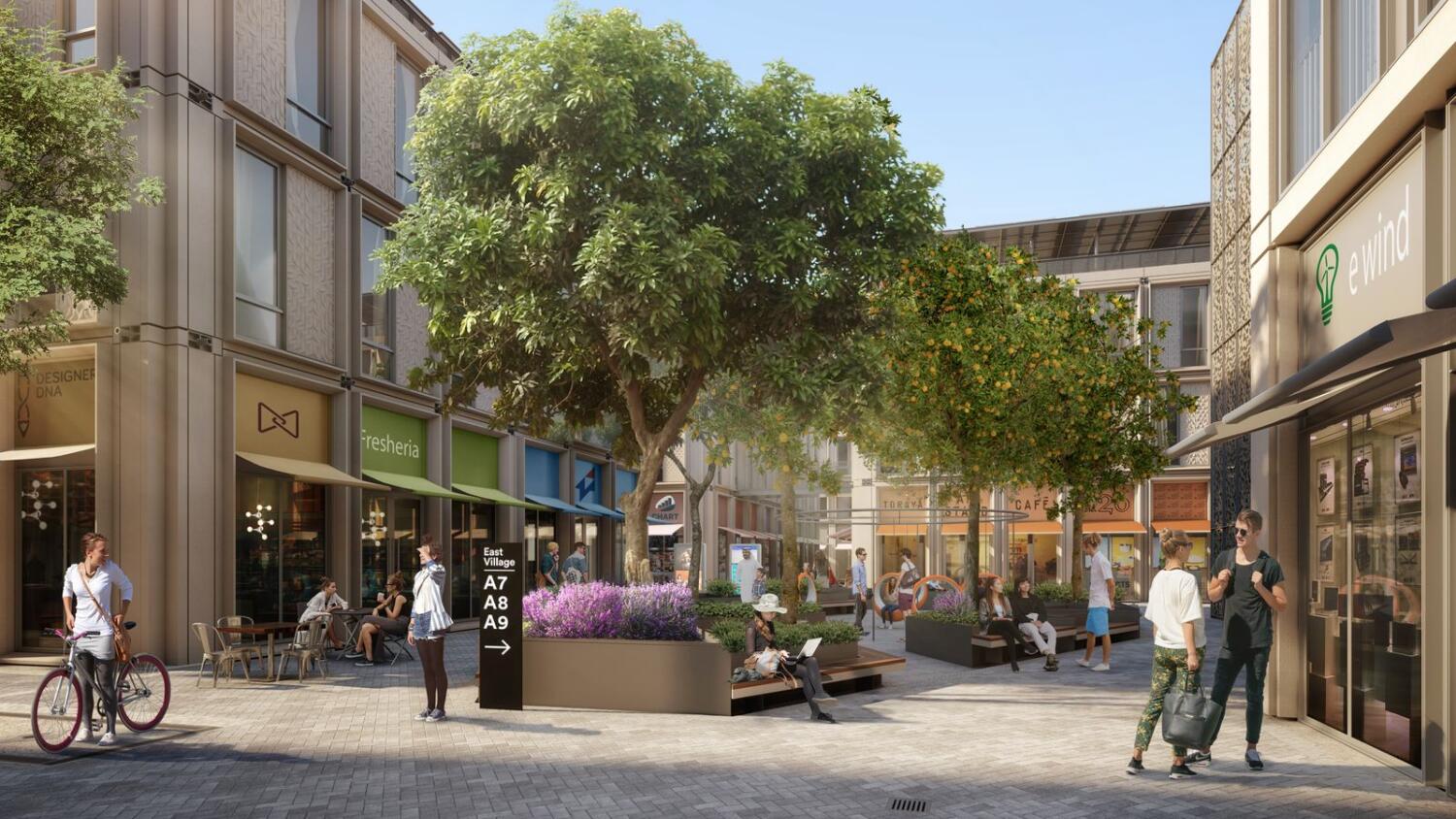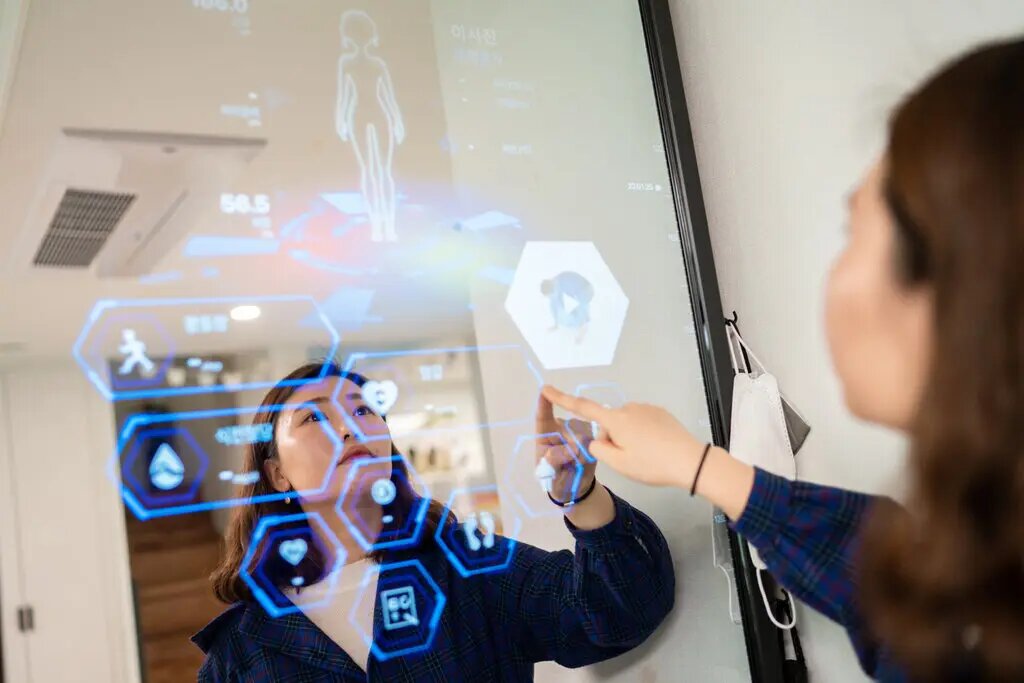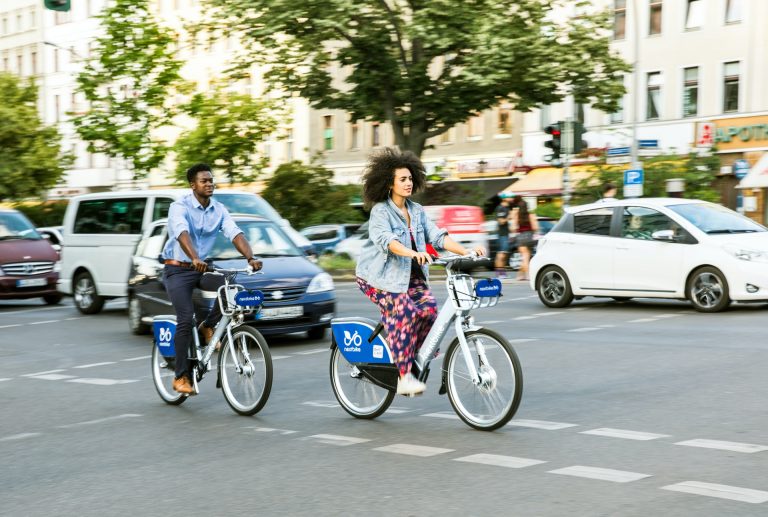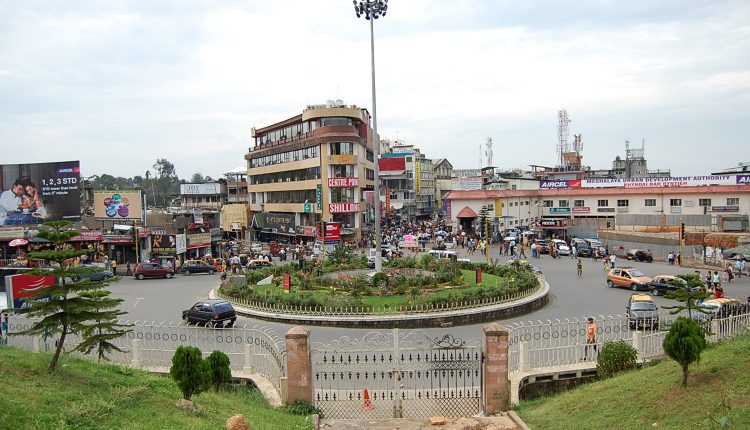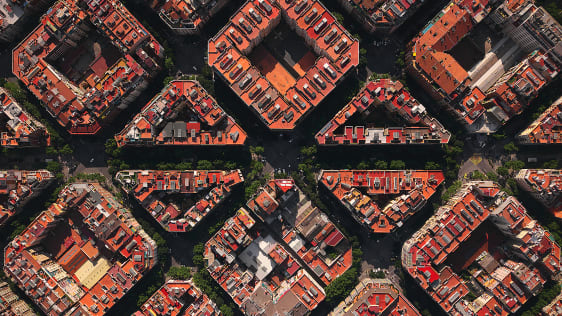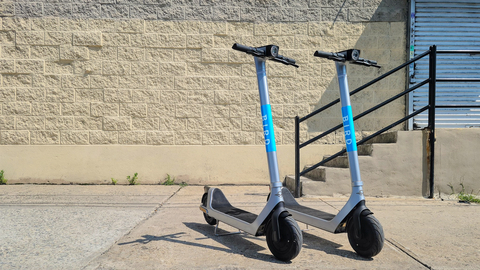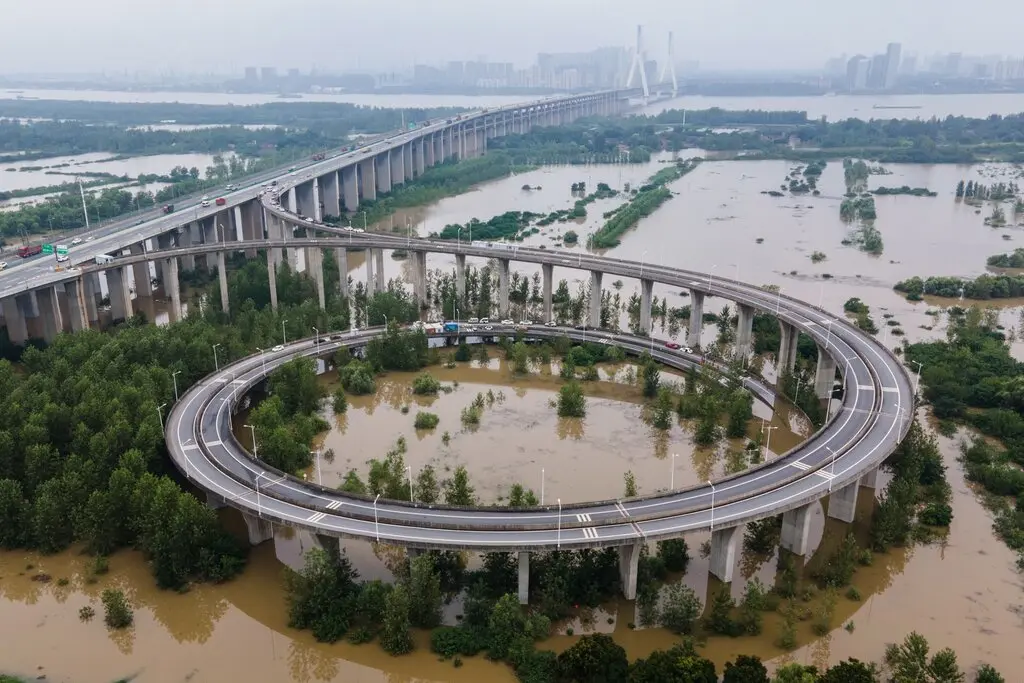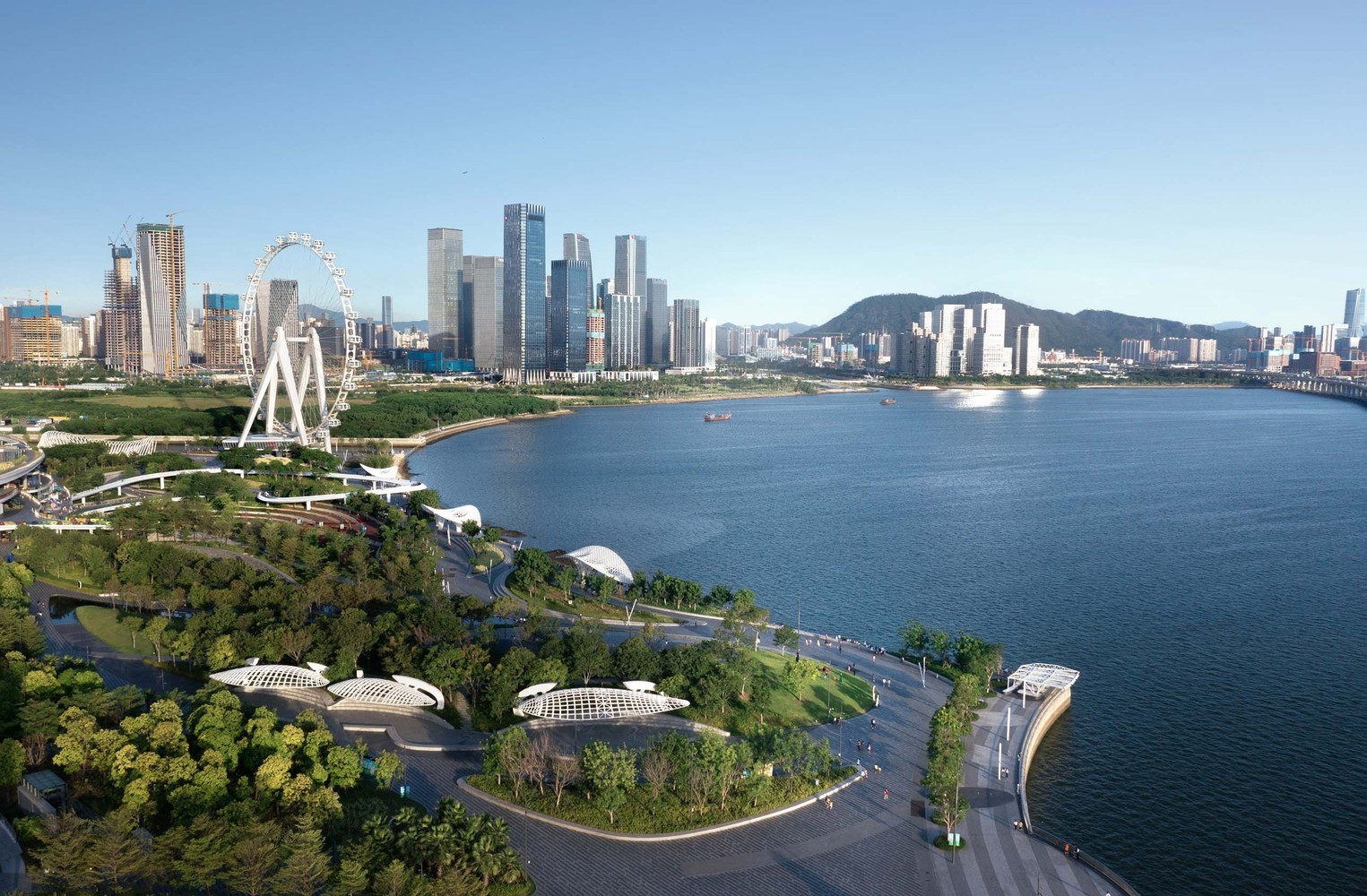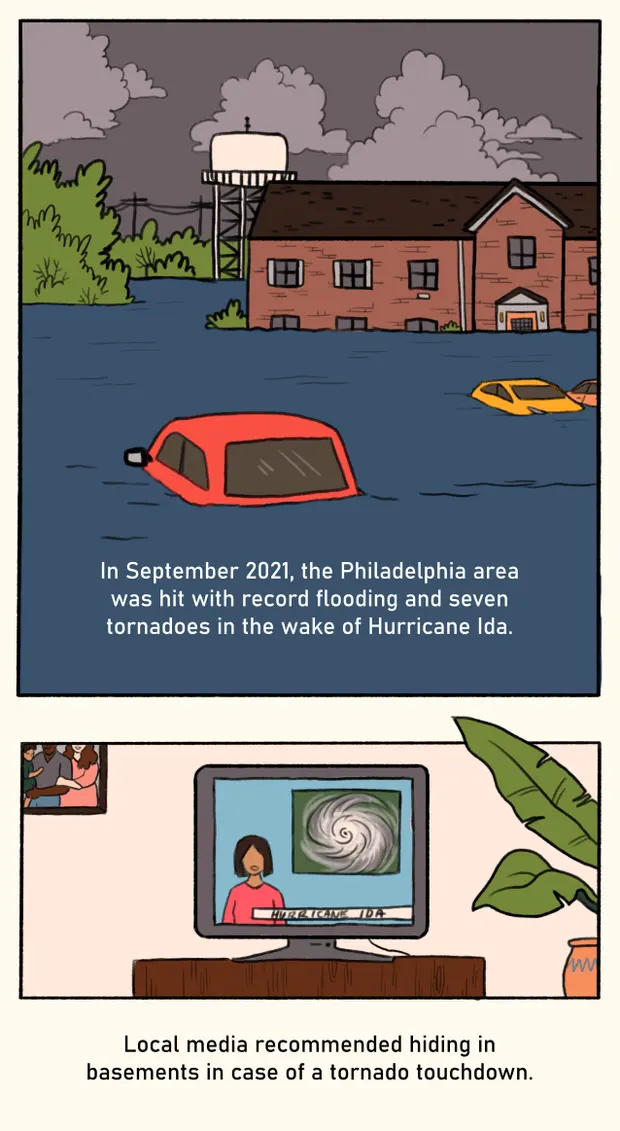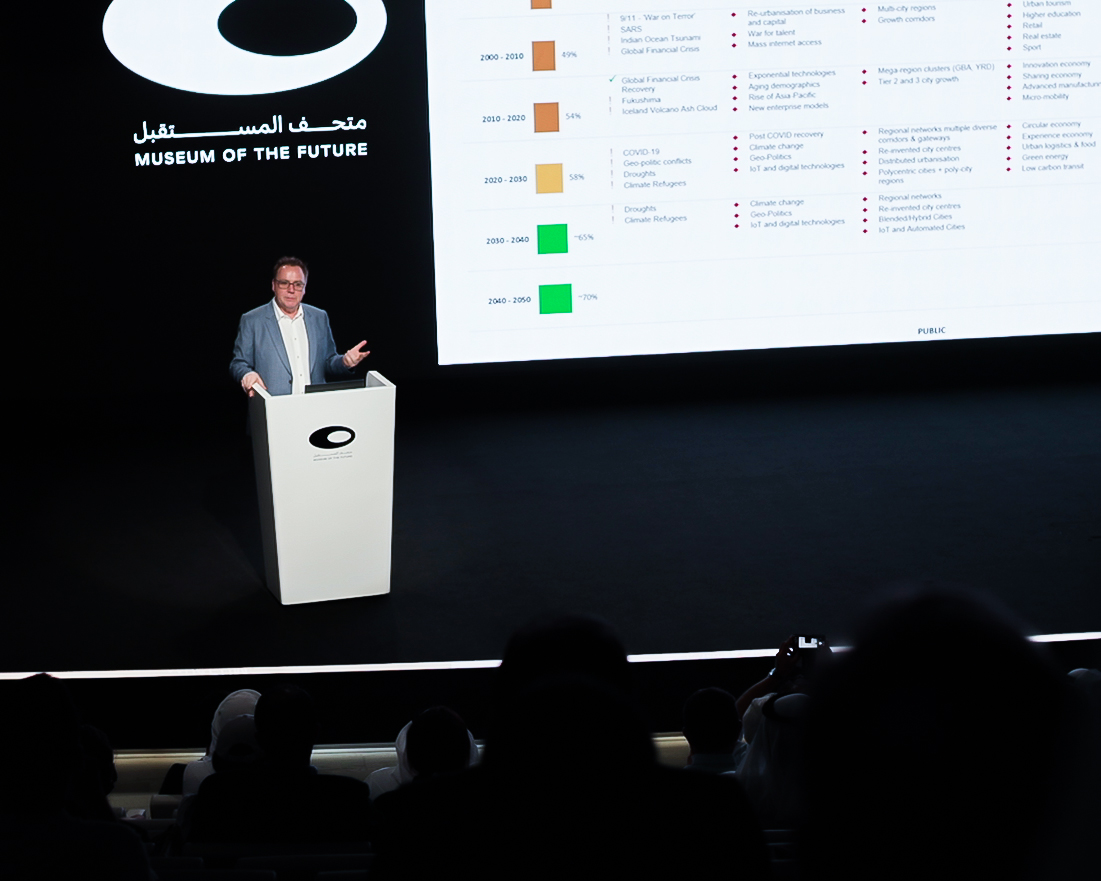
According to the European Environment Agency (EEA), cities occupy just 2 % of Earth’s surface. However, according to the United Nations (UN), 56 % of the world’s population in 2019 lived in cities. There are now more than 500 cities with over a million inhabitants — five of these have populations in excess of 20 million (Tokyo, Delhi, Shanghai, São Paulo and Mexico City) and they account for 70 % of the world’s energy use —. By 2100, it is expected that the number of megacities will continue growing, headed by Lagos, Nigeria, with 88 million inhabitants, and Kinshasa, DR Congo, with 83 million.
The unstoppable growth of big cities, a trend that coronavirus crisis does not look set to stop, is a big challenge in terms of urban mobility and raises the question: can it adapt to this new reality while protecting the health of the planet? The experts say the answer is yes. But to do this, we need to create smart cities which, thanks to macrotools like big data, tirelessly compile and analyse huge quantities of data generated by vehicles, pedestrians, traffic lights and other aspects of city traffic to make it run more efficiently.
COVID-19 pandemic also is influencing urban mobility. The lockdown and the surge in people working from home have reduced the number of trips we take, whether by road or walking, which was one of the objectives to track on the new mobility map. Some people therefore prefer to see this crisis — which no one knows how long will last — as a means of accelerating the changes that were on the way. Although 35 % of respondents in a recent survey of 11,200 consumers from 11 countries, published by Capgemini in April 2020, said they were thinking about buying their own vehicle, the scenarios the experts have put forward continue to focus on pedestrians and promoting the use of personal mobility vehicles. Among other reasons this is because they think that in the long term, problems like climate change will end up having a bigger impact than COVID-19.
+INFO: Iberdrola




